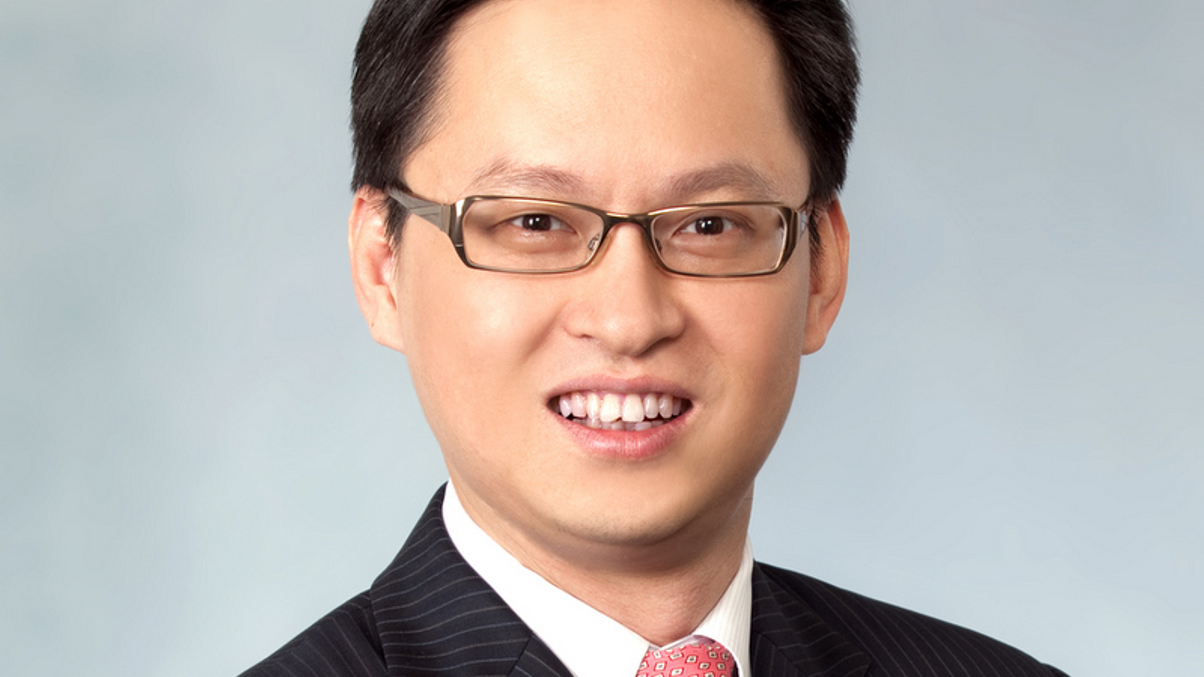China Life Franklin boosts third-party focus
China Life’s offshore investment arm has been focusing more on third-party high-net-worth and institutional segregated-account business, a move that seems to be paying off.

China Life Franklin Asset Management (CLF AM) in Hong Kong is increasingly focusing on managing segregated accounts for high-net-worth and institutional clients via its in-house sales team.
Sign in to read on!
Registered users get 2 free articles in 30 days.
Subscribers have full unlimited access to AsianInvestor
Not signed up? New users get 2 free articles per month, plus a 7-day unlimited free trial.
¬ Haymarket Media Limited. All rights reserved.


